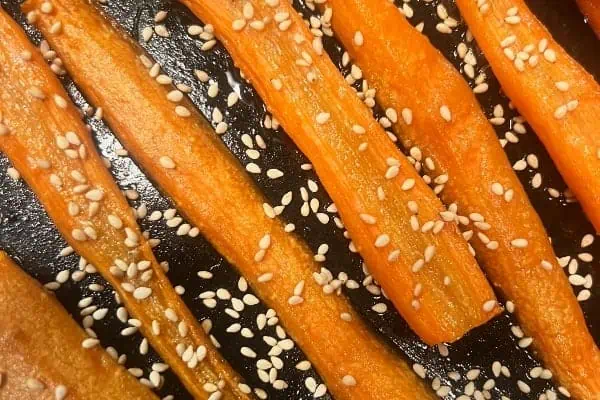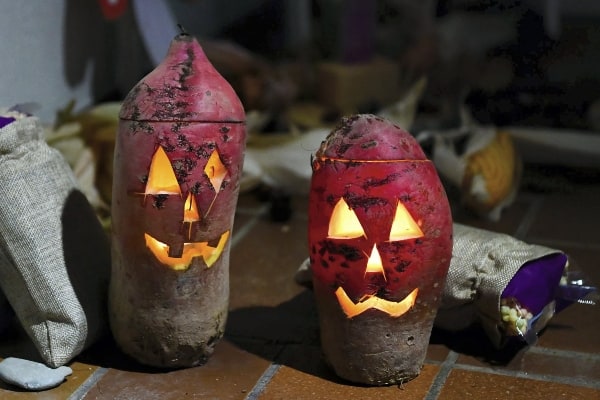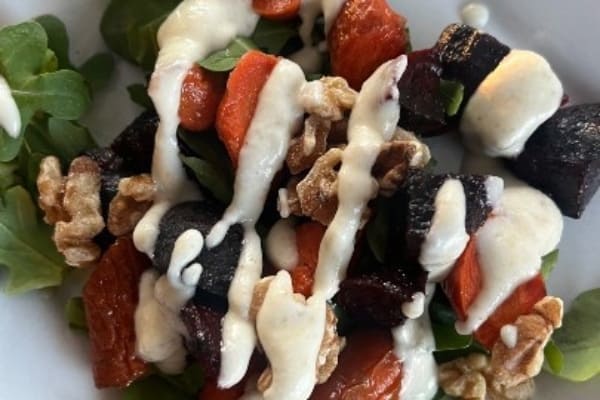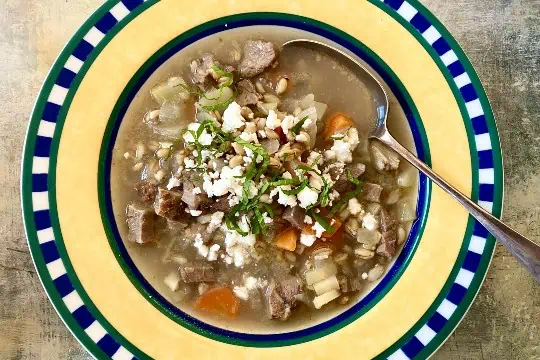Living in the Yukon, people want to enjoy summer to the fullest, “summer” being those 14 to 21 days randomly sprinkled across June, July, and August. Gardeners are no different.The perception of many is that a long, hot summer brings an abundance of produce normally grown in hot houses down south. In truth though, a scorching summer tends to bring forest fires and smoke haze. And no one enjoys those kinds of days. Inevitably the end of summer comes; People return from holidays, kids go back to school, and the garden is harvested.The goal of vegetable gardening is the harvest; most wouldn’t grow vegetables for their looks alone.In the North, with all our challenges, it is reassuring to know that some vegetables actually like it cold once in a while. Peas, for example, need a freezing temperature to germinate, and even after they get going they can withstand early frost; although, later in the season they don’t do as well if the temperature freezes. But if things stay above freezing and the plants have enough moisture, they will produce for months.This year, being wet and cool, the plants started producing at the end of June and continue on into September, stopping with the first fall frosts. Lettuce prefers things a bit cooler; it bolts to seed if the temperatures get too high for too long. But a cool, wet year will keep the lettuce from bolting too soon and also from turning bitter. Potatoes are another vegetable that grows nicely here. They don’t like frost, but usually only the top growth is damaged if they get hit. Potatoes under the ground are protected by their dirt insulation. A mid-season frost will slow growth, but won’t always stop it completely. If a frost happens near the end of the season, the potato usually just stops growing and the skins will set on the potato; the skin prevents a loss of moisture.Unlike new potatoes where the skin just rubs off, potatoes with their skins firmly attached will store well over the winter. So an early frost can actually benefit storage vegetables. Cabbages and their relatives tend to thrive up here, too; they take the heat with the cold. In fact, they seem to be able to take temperatures that drop down below 0°C without any noticeable damage. I grew and harvested broccoli into December one year when the temperatures didn’t drop too far. And a neighbour of mine does the same with kale. Carrots and other root crops also do fairly well. And as an added bonus, if the root crops are left in the ground until there have actually been a few frosts, the taste will be sweeter. But our cooler soil seems to contribute to this sweetening even if there hasn’t been a frost.Which helps make fall a bit easier to take.
About The Author
Related Posts
Brown-Sugar-and-Sesame Roasted Carrots
Long-stable, cellar root vegetables make me think of the Yukon. Hearty and easy-to-prepare vegetables are a historic...
From Cabbage To Oktoberfest
Fall is here! One can feel it in the change of light as the days are getting shorter. A few weeks ago, Germans were sweating...
Roasted Beet and Carrot Salad
When I was asked to write a recipe for this issue of What’s Up Yukon, I decided to call in a real expert and asked…
Soup Season
Soup is just the best for the busy cook, especially in February when the light’s coming back and we’re rushing in from...




